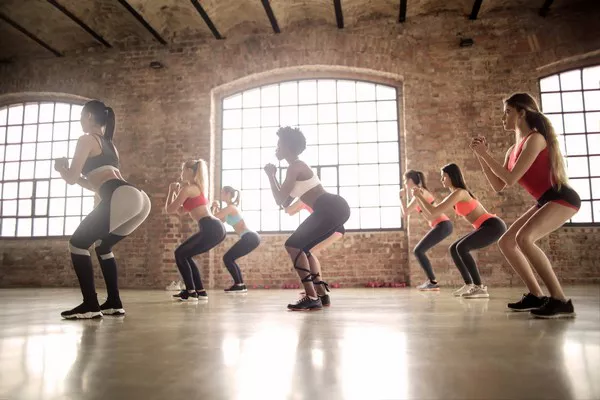Pelvic floor exercises, also known as Kegel exercises, are essential exercises for women to strengthen their pelvic floor muscles. These muscles play a crucial role in supporting the bladder, uterus, and rectum, and they can be weakened during pregnancy and childbirth. Many women wonder when they should start doing pelvic floor exercises after giving birth. In this article, we’ll explore when it’s safe to start pelvic floor exercises after birth and how to perform them correctly.
In general, it’s safe to start doing pelvic floor exercises soon after giving birth. In fact, many healthcare providers recommend starting pelvic floor exercises as soon as possible after delivery. However, it’s essential to wait until any vaginal bleeding has stopped before starting pelvic floor exercises. This typically occurs within the first six weeks postpartum.
It’s important to note that the pelvic floor muscles may be weakened or damaged after childbirth, and it can take time for them to heal and regain strength. Therefore, it’s essential to start pelvic floor exercises slowly and gradually increase the intensity over time. Women who had a vaginal delivery may be able to start with light pelvic floor exercises, while women who had a C-section may need to wait longer before starting any pelvic floor exercises.
To perform pelvic floor exercises, it’s important to first identify the correct muscles. The easiest way to do this is to try to stop the flow of urine while using the bathroom. The muscles you use to do this are your pelvic floor muscles.
Once you’ve identified your pelvic floor muscles, you can start doing pelvic floor exercises. To do this, tighten your pelvic floor muscles as if you’re trying to stop the flow of urine. Hold the contraction for three to five seconds, then release. Repeat this exercise 10 times in a row, and aim to do three sets of 10 repetitions each day.
As you get stronger, you can gradually increase the duration and intensity of the contractions. You can also incorporate variations of the exercise, such as quick contractions, where you tighten and release your pelvic floor muscles as quickly as possible, or slow contractions, where you hold the contraction for a longer period of time.
It’s essential to avoid overworking your pelvic floor muscles and to avoid holding your breath or tightening your abdominal muscles while doing pelvic floor exercises. It’s also important to continue doing pelvic floor exercises regularly, even after your pelvic floor muscles have regained strength. This can help prevent issues such as urinary incontinence and prolapse later in life.
In addition to pelvic floor exercises, there are other things you can do to support your pelvic floor health after giving birth. These include maintaining a healthy weight, avoiding constipation, and avoiding high-impact exercises that put too much stress on the pelvic floor muscles, such as running and jumping.
In conclusion, pelvic floor exercises are an essential part of postpartum recovery for women. It’s safe to start doing pelvic floor exercises soon after giving birth, but it’s important to wait until any vaginal bleeding has stopped before starting. It’s also essential to start slowly and gradually increase the intensity over time. By incorporating pelvic floor exercises into your daily routine and taking steps to support your pelvic floor health, you can help prevent issues such as urinary incontinence and prolapse and support your overall health and well-being after giving birth.


